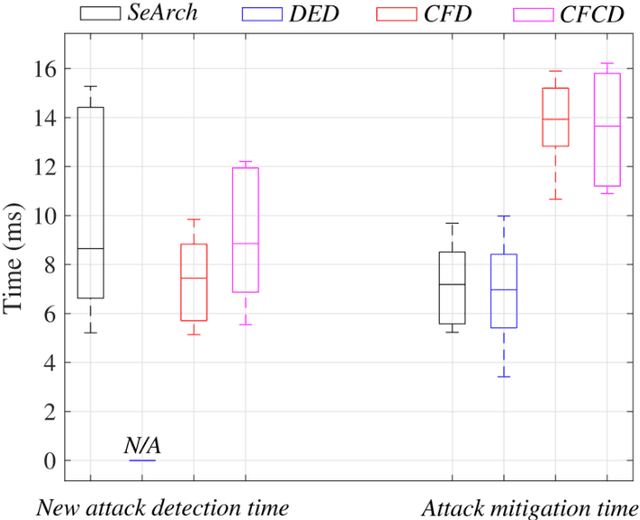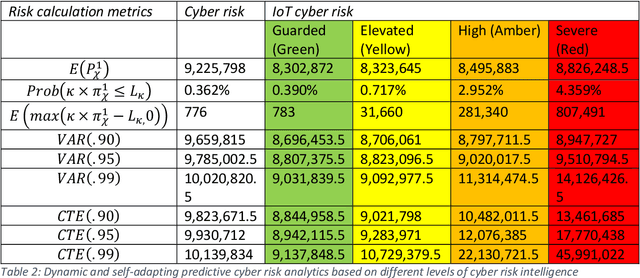Petar Radanliev
AI security and cyber risk in IoT systems
Oct 11, 2024



Abstract:We present a dependency model tailored to the context of current challenges in data strategies and make recommendations for the cybersecurity community. The model can be used for cyber risk estimation and assessment and generic risk impact assessment.
Disease X vaccine production and supply chains: risk assessing healthcare systems operating with artificial intelligence and industry 4.0
Jan 04, 2023Abstract:A set of six algorithmic solutions is presented for resolving vaccine production and supply chain bottlenecks. A different set of algorithmic solutions is presented for forecasting risks during a Disease X event.
Review of the state of the art in autonomous artificial intelligence
Oct 17, 2022Abstract:This article presents a new design for autonomous artificial intelligence (AI), based on the state-of-the-art algorithms, and describes a new autonomous AI system called AutoAI. The methodology is used to assemble the design founded on self-improved algorithms that use new and emerging sources of data (NEFD). The objective of the article is to conceptualise the design of a novel AutoAI algorithm. The conceptual approach is used to advance into building new and improved algorithms. The article integrates and consolidates the findings from existing literature and advances the AutoAI design into (1) using new and emerging sources of data for teaching and training AI algorithms and (2) enabling AI algorithms to use automated tools for training new and improved algorithms. This approach is going beyond the state-of-the-art in AI algorithms and suggests a design that enables autonomous algorithms to self-optimise and self-adapt, and on a higher level, be capable to self-procreate.
Design of a dynamic and self-adapting system, supported with artificial intelligence, machine learning and real-time intelligence for predictive cyber risk analytics
May 19, 2020


Abstract:This paper surveys deep learning algorithms, IoT cyber security and risk models, and established mathematical formulas to identify the best approach for developing a dynamic and self-adapting system for predictive cyber risk analytics supported with Artificial Intelligence and Machine Learning and real-time intelligence in edge computing. The paper presents a new mathematical approach for integrating concepts for cognition engine design, edge computing and Artificial Intelligence and Machine Learning to automate anomaly detection. This engine instigates a step change by applying Artificial Intelligence and Machine Learning embedded at the edge of IoT networks, to deliver safe and functional real-time intelligence for predictive cyber risk analytics. This will enhance capacities for risk analytics and assists in the creation of a comprehensive and systematic understanding of the opportunities and threats that arise when edge computing nodes are deployed, and when Artificial Intelligence and Machine Learning technologies are migrated to the periphery of the internet and into local IoT networks.
 Add to Chrome
Add to Chrome Add to Firefox
Add to Firefox Add to Edge
Add to Edge